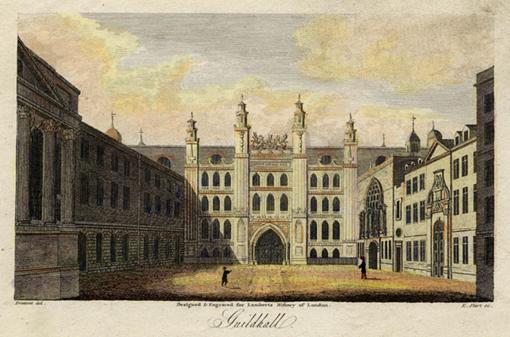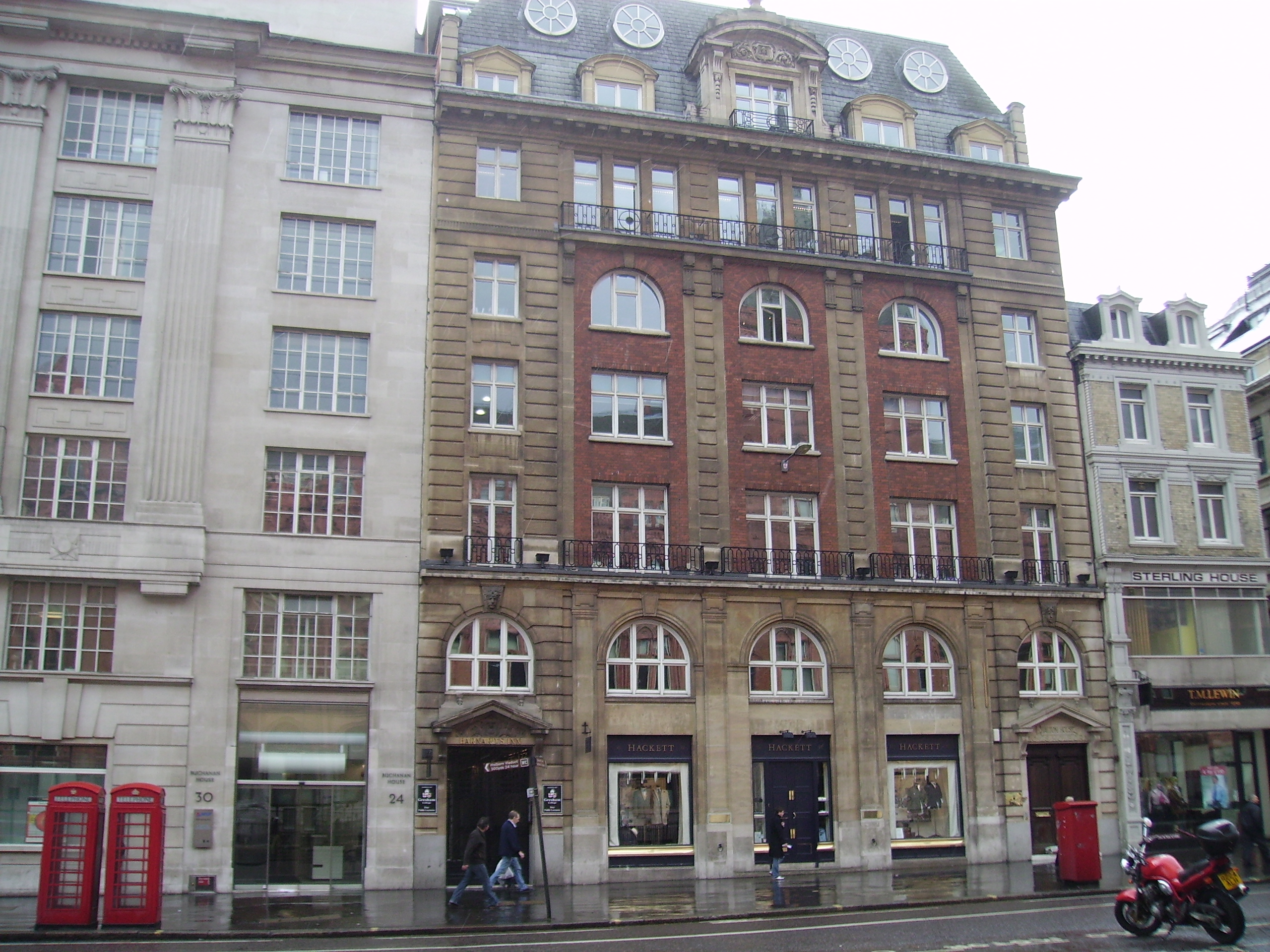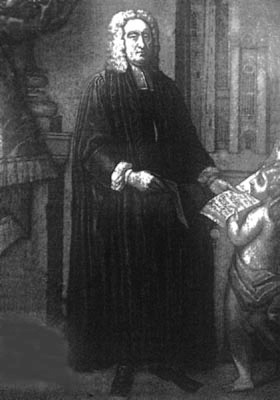|
Great Scotland Yard
Great Scotland Yard is a street in Westminster, London, connecting Northumberland Avenue and Whitehall. By the 16th century, this "yard", which was then a series of open courtyards within the Palace of Whitehall, was fronted by buildings used by diplomatic representatives of the Kingdom of Scotland. Over time the land was divided into Great Scotland Yard, Middle Scotland Yard and Little Scotland Yard. In the 19th century, it was a street and open space, which was the location of a public entrance to the original headquarters of the Metropolitan Police Service of London, causing the name " Scotland Yard" to become synonymous with the police service. History Although the etymology is not certain, according to a 1964 article in ''The New York Times'', the name derives from buildings that accommodated the diplomatic representatives of the Kingdom of Scotland and the Scottish kings when they visited the English court – in effect, acting as the Scottish embassy, although such ... [...More Info...] [...Related Items...] OR: [Wikipedia] [Google] [Baidu] |
Westminster
Westminster is the main settlement of the City of Westminster in Central London, Central London, England. It extends from the River Thames to Oxford Street and has many famous landmarks, including the Palace of Westminster, Buckingham Palace, Westminster Abbey, Westminster Cathedral, Trafalgar Square and much of the West End of London, West End cultural centre including the entertainment precinct of West End theatre. The name () originated from the informal description of the abbey church and royal peculiar of St Peter's (Westminster Abbey), west of the City of London (until the English Reformation there was also an Eastminster abbey, on the other side of the City of London, in the East End of London). The abbey's origins date from between the 7th and 10th centuries, but it rose to national prominence when rebuilt by Edward the Confessor in the 11th century. With the development of the old palace alongside the abbey, Westminster has been the home of Governance of England, Engla ... [...More Info...] [...Related Items...] OR: [Wikipedia] [Google] [Baidu] |
John Milton
John Milton (9 December 1608 – 8 November 1674) was an English poet, polemicist, and civil servant. His 1667 epic poem ''Paradise Lost'' was written in blank verse and included 12 books, written in a time of immense religious flux and political upheaval. It addressed the fall of man, including the temptation of Adam and Eve by the fallen angel Satan, and God's expulsion of them from the Garden of Eden. ''Paradise Lost'' elevated Milton's reputation as one of history's greatest poets. He also served as a civil servant for the Commonwealth of England under its Council of State and later under Oliver Cromwell. Milton achieved fame and recognition during his lifetime. His celebrated '' Areopagitica'' (1644) condemning pre-publication censorship is among history's most influential and impassioned defences of freedom of speech and freedom of the press. His desire for freedom extended beyond his philosophy and was reflected in his style, which included his introduction of new words ... [...More Info...] [...Related Items...] OR: [Wikipedia] [Google] [Baidu] |
Waiter At Clarence Pub, London
Waiting staff ( BrE), waiters () / waitresses (), or servers (AmE) are those who work at a restaurant, a diner, or a bar and sometimes in private homes, attending to customers by supplying them with food and drink as requested. Waiting staff follow rules and guidelines determined by the manager. Waiting staff carry out many different tasks, such as taking orders, food-running, polishing dishes and silverware, helping bus tables, entertaining patrons, restocking working stations with needed supplies, and handing out the bill. Waiting on tables is part of the service sector and among the most common occupations. In the United States, the Bureau of Labor Statistics estimated that, , there were about people employed as servers in the country. Many restaurants choose a specific uniform for their waiting staff to wear. Waiting staff may receive tips as a minor or major part of their earnings, with customs varying widely from country to country. Terminology An individual ''waitin ... [...More Info...] [...Related Items...] OR: [Wikipedia] [Google] [Baidu] |
Metonym
Metonymy () is a figure of speech in which a concept is referred to by the name of something associated with that thing or concept. For example, the word "wikt:suit, suit" may refer to a person from groups commonly wearing business attire, such as salespeople or attorneys. Etymology The words ''metonymy'' and ''metonym'' come ; , a suffix that names figures of speech, . Background Metonymy and related figures of speech are common in everyday speech and writing. Synecdoche and metalepsis are considered specific types of metonymy. Polysemy, the capacity for a word or phrase to have multiple meanings, sometimes results from relations of metonymy. Both metonymy and metaphor involve the substitution of one term for another. In metaphor, this substitution is based on some specific analogy between two things, whereas in metonymy the substitution is based on some understood association or Contiguity (psychology), contiguity. American literary theorist Kenneth Burke considers metonymy ... [...More Info...] [...Related Items...] OR: [Wikipedia] [Google] [Baidu] |
The Clarence Pub SW1 London
''The'' is a grammatical article in English, denoting nouns that are already or about to be mentioned, under discussion, implied or otherwise presumed familiar to listeners, readers, or speakers. It is the definite article in English. ''The'' is the most frequently used word in the English language; studies and analyses of texts have found it to account for seven percent of all printed English-language words. It is derived from gendered articles in Old English which combined in Middle English and now has a single form used with nouns of any gender. The word can be used with both singular and plural nouns, and with a noun that starts with any letter. This is different from many other languages, which have different forms of the definite article for different genders or numbers. Pronunciation In most dialects, "the" is pronounced as (with the voiced dental fricative followed by a schwa) when followed by a consonant sound, and as (homophone of the archaic pronoun ''thee' ... [...More Info...] [...Related Items...] OR: [Wikipedia] [Google] [Baidu] |
Guildhall, London
Guildhall is a municipal building in the City of London, England. It is off Gresham and Basinghall streets, in the wards of Bassishaw and Cheap. The current building dates from the 15th century; however documentary evidence suggests that a guildhall had existed at the site since at least the early 12th century. The building has been used as a town hall for several hundred years, and is still the ceremonial and administrative centre of the City of London and its Corporation. It should not be confused with London's City Hall, the administrative centre for Greater London in Canning Town. The term "Guildhall" refers both to the whole building and to its main room, which is a medieval great hall. It is a Grade I-listed building. History Roman, Anglo-Saxon and Medieval During the Roman period, the Guildhall was the site of the London Roman Amphitheatre, rediscovered as recently as 1988. It was the largest in Roman Britain, partial remains of which are on public display in t ... [...More Info...] [...Related Items...] OR: [Wikipedia] [Google] [Baidu] |
Palace Of Westminster
The Palace of Westminster is the meeting place of the Parliament of the United Kingdom and is located in London, England. It is commonly called the Houses of Parliament after the House of Commons and the House of Lords, the two legislative chambers which occupy the building. The palace is one of the centres of political life in the United Kingdom; "Westminster" has become a metonym for the UK Parliament and the British Government, and the Westminster system of government commemorates the name of the palace. The Elizabeth Tower of the palace, nicknamed Big Ben, is a landmark of London and the United Kingdom in general. The palace has been a Grade I listed building since 1970 and part of a UNESCO World Heritage Site since 1987. The building was originally constructed in the eleventh century as a royal palace and was the primary residence of the kings of England until 1512, when a fire destroyed the royal apartments. The monarch moved to the adjacent Palace of Whitehall, bu ... [...More Info...] [...Related Items...] OR: [Wikipedia] [Google] [Baidu] |
Moorfields
Moorfields was an open space, partly in the City of London, lying adjacent to – and outside – its London Wall, northern wall, near the eponymous Moorgate. It was known for its marshy conditions, the result of the defensive wall acting as a dam, impeding the flow of the River Walbrook and its tributaries. Moorfields gives its name to the Moorfields Eye Hospital which occupied a site on the former fields from 1822–1899, and is still based close by, in the St Luke's, London, St Luke's area of the London Borough of Islington. Setting Moorfields is first recorded in the late 12th century, though not by name, as a ''great fen''. The fen was larger than the area subsequently known as Moorfields. Moorfields was contiguous with Finsbury Square, Finsbury Fields, Bunhill Fields and other open spaces, and until its eventual loss in the 19th century, was the innermost part of a green wedge of land which stretched from the London Wall, wall, to the open countryside which lay close ... [...More Info...] [...Related Items...] OR: [Wikipedia] [Google] [Baidu] |
St Audoen Within Newgate
St. Audoen's Church (within Newgate) (alternatively known as St. Ewen's, St. Ewan's or St. Ewin's) was a medieval parish church in the City of London The City of London, also known as ''the City'', is a Ceremonial counties of England, ceremonial county and Districts of England, local government district with City status in the United Kingdom, city status in England. It is the Old town, his ... situated on the north-east corner of Newgate Street and Eldeness Lane (now Warwick Lane). It was first mentioned as ''Parochia sancti Audoeni'' in around 1220. Named in honour of Audoen or Ouen, the seventh-century Bishop of Rouen, it was anciently called ''Sti Audoeni juxta fratres minores London (infra Newgate)''. Like its sister church in Dublin, it is believed that this was home to a religious guild of St. Anne. In 1546, Henry VIII gave the church, along with St Nicholas Shambles and the dissolved Christ Church priory to the City corporation. A new parish was created for Chri ... [...More Info...] [...Related Items...] OR: [Wikipedia] [Google] [Baidu] |
Gresham College
Gresham College is an institution of higher learning located at Barnard's Inn Hall off Holborn in Central London, England that does not accept students or award degrees. It was founded in 1597 under the Will (law), will of Sir Thomas Gresham, and hosts over 140 free public lectures every year. Since 2001, all lectures have been made available online. , the Acting Provost is Sarah B. Hart, Professor Sarah Hart. History First four centuries Sir Thomas Gresham, founder of the Royal Exchange (London), Royal Exchange, left his estate jointly to the City of London Corporation and the Mercers' Company, which today support the college through the Joint Grand Gresham Committee under the presidency of the Lord Mayor of London. Gresham's will provided for the setting up of the college – in Gresham's mansion in Bishopsgate, on the site now occupied by Tower 42, the former NatWest Tower – and endowed it with the rental income from shops sited around the Royal Exchange. The early succes ... [...More Info...] [...Related Items...] OR: [Wikipedia] [Google] [Baidu] |
Will's Coffee House
Will's Coffee House was one of the foremost coffeehouses in England in the decades after the Restoration. It was situated in Russell Street in London, at the northwest corner of Bow Street, between the City and Westminster. According to the ''Methuen Drama Dictionary of the Theatre'', it was also known as the Rose Tavern, the Russell Street Coffee House, and the Wits' Coffee House. It was founded by Will Urwin. Patrons Will's Coffee House was the home of the Wits, centring on the figure of John Dryden. With the departure of John Dennis, William Wycherley complained in a well-known letter, "nor is Wills the Wits Coffee-House any more, since you left it, whose Society for want of yours is grown as Melancholly, that is as dull as when you left 'em a Nights, to their own Mother-Wit, their Puns, Couplets, or Quibbles...." "This place is much altered since Mr Dryden frequented it," recalled Richard Steele in '' The Tatler'' afterwards; "where you used to see songs, epigrams, and sati ... [...More Info...] [...Related Items...] OR: [Wikipedia] [Google] [Baidu] |
Jonathan Swift
Jonathan Swift (30 November 1667 – 19 October 1745) was an Anglo-Irish writer, essayist, satirist, and Anglican cleric. In 1713, he became the Dean (Christianity), dean of St Patrick's Cathedral, Dublin, and was given the sobriquet "Dean Swift". His trademark deadpan and ironic style of writing, particularly in works such as ''A Modest Proposal'' (1729), has led to such satire being subsequently termed as "Swiftian". He wrote the satirical book ''Gulliver's Travels'' (1726), which became his best-known publication and popularised the fictional island of Lilliput and Blefuscu, Lilliput. Following the remarkable success of his works, Swift came to be regarded by many as the greatest satirist of the Georgian era, and one of the foremost prose satirists in the history of English literature. Swift also authored works such as ''A Tale of a Tub'' (1704) and ''An Argument Against Abolishing Christianity'' (1712). He originally published all of his works under pseudonyms—including L ... [...More Info...] [...Related Items...] OR: [Wikipedia] [Google] [Baidu] |








